Reportage

Photo: Amy Jannat
The AL government enforced an information blackout and strict restrictions on who could speak to the media in hospitals, to prevent the true extent of their atrocities from ever coming out
One of the most fundamental pieces of information in reporting a mass casualty event, the death toll, became extremely difficult to obtain during the most violent and chaotic phase of the quota reform movement, i.e. July 16-21. A number of factors played into this.
The nature of the violence was such that it occurred over several days, but what made it really unique was that it was spread out over multiple locations - it was actually multiple crimes, or killings in different locations that you had to compile.
Since deaths usually have to be confirmed by a doctor, it is a common media practice to collect the information for mass casualty events from hospitals. The killings from July 16-21 were so numerous and occurring in so many locations, that it became difficult to trace them. The curfew and internet shutdown did not help matters. From media reports, it was learned that more than 30 different hospitals treated patients or received dead bodies in capital Dhaka alone during the movement.
But while those could be overcome with time, what proved a bigger obstacle was pressure from the just deposed Awami League government not to reveal real numbers to the media. Indeed they were issued with clear instructions to this effect.
Rajib Partha is an emergency doctor at Better Life Hospital, located in East Rampura, near where a lot of violence occurred during July 16-21. But when Dhaka Courier visited the hospital on July 30, Dr Partha very frankly said: "We have been given full instructions from the government not to talk to any press. The same instruction has been given from DB, NSI. People are coming to see them. Even today, people have come from the SB (Special Branch Police). No information will be shared with the media. This is applicable to all private hospitals."
However during an earlier visit to the hospital, Shuvrajit Sarkar, another emergency doctor, had said "No patient has died here. Some took treatment."
Meanwhile, the same hospital's emergency nurse Prasenjit Madhu gave different information. He said they treated more than 1,000 injured. And including those who died in their hospital and those brought in dead, they handled 12 dead bodies.
Three different answers from three different people at the same hospital just went to show the dangerously unreliable information pool we were dealing with.
The information center of Farazi Hospital in Banasree, again close to a major site of the protests, said they could not provide any information. They asked to talk to the general manager about this, but General Manager Tanvir Alam could not be reached over the phone
A doctor at Crescent Hospital in Uttara, who did not wish to be named, told DC that seven people died at the hospital on July 18 and two on July 19.
Public hospitals: Ready narratives?
The scenario was slightly different at the government hospitals. At Suhrawardy Hospital in Sher-e-Bangla Nagar in the capital, director Shafiur Rahman told DC that 518 people were treated at his hospital from July 16 to July 20 during the quota movement.
A total of 65 patients had to be admitted. Major surgeries were performed on 30 patients and minor surgeries were performed on 150 patients.
He said 13 people died before reaching the hospital. Among the dead, the number of gunshot wounds was higher. Most of the dead were students.
He added that more patients are being admitted to the surgery ward. Complicated patients are referred to the National Institute of Cardiovascular Diseases (NICPD).
The patients were being treated at the four-storey surgery ward of the hospital. Akash (25) was walking in front of Mohammadpur bus stand. He was hit by multiple rubber bullets, and 13 pellets had to be extracted from the muscles under the spine.
Md Abu Riaz (27) was in the next bed. He was going home after leaving his shop at Mirpur 10. He was shot in both legs.
Opposite him, Kawsar, an 11-year-old second grade student, was writhing in pain. He was playing with two to three friends in a mohalla in Abdullahpur, Uttara. Then all of a sudden, his kidneys burst open. At first, he was taken to the Bangladesh Kuwait Friendship Hospital, said Kawsar's aunt, Sumi. From there he was transferred here.
"We were not protesting," he said.
Sumi, the aunt, said: "At first, they all ran away at the sound of a gunshot. We were also on the run. What was the reason for the shooting? The roads were empty. Why did the police shoot him?"
At the Kuwait Friendship Hospital, Superintendent Dr. Mizanur Rahman said that a total of eight people died in their hospital, including seven on July 18th. SIx of them were identified as Zahiduzzaman Tanvir, 25, Asif Hasan, 20, Jasim, 45, Ali Hossain, 40, Abdur Rab, 25, and Zubair Bepari, 40. The other two are unknown. They are about 50 and 20 years old. Their bodies have been sent to the NICD morgue.
Brigadier General Rezaul Karim, director of Bangabandhu Sheikh Mujib Medical College Hospital (BSMMU), said: "No one has died here. 120 people were treated. There are currently 11 people in attendance. Three of them were taken to the ICU. One person was put to bed on Tuesday.
On the question of the names of those who died in BSMMU in the list of those who died in the quota movement, he said, "Then we have to see again. It is not in the list sent to the Prime Minister."
Although the government hospitals seemed to be more forthcoming with information, it is difficult to know if these are the real numbers that they provided, given the strict information blackout under which the hospitals were operating.







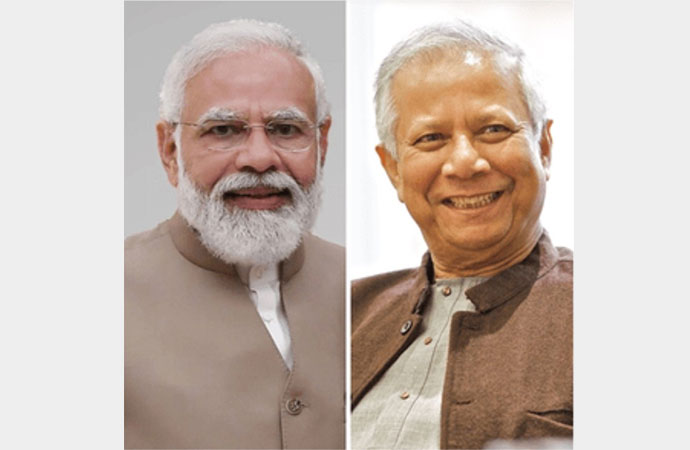
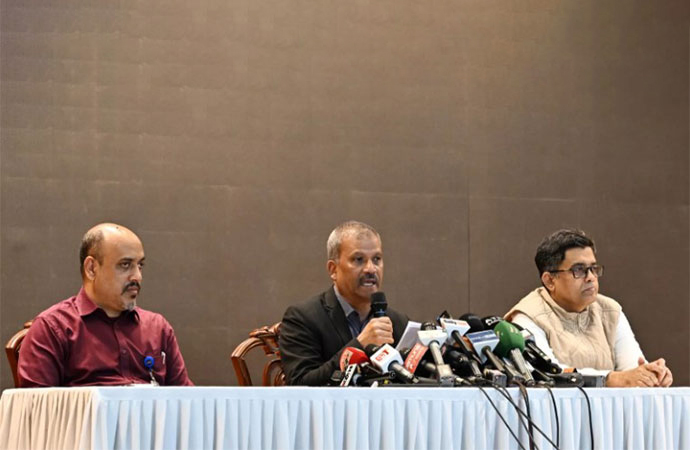

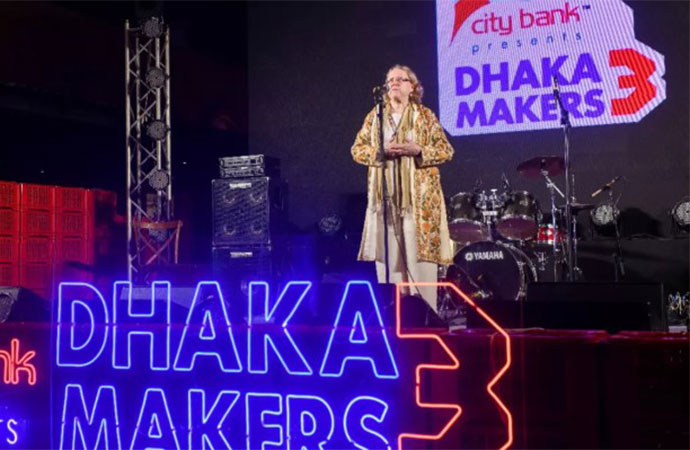
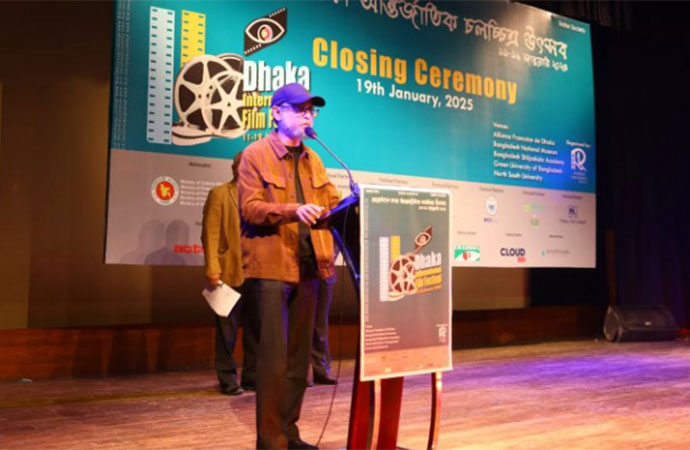
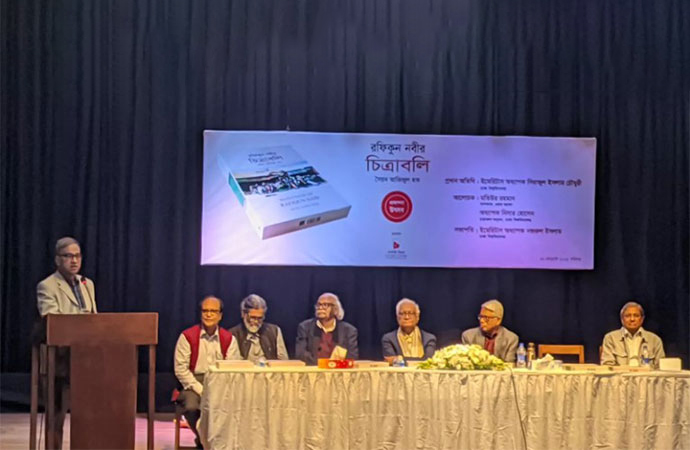






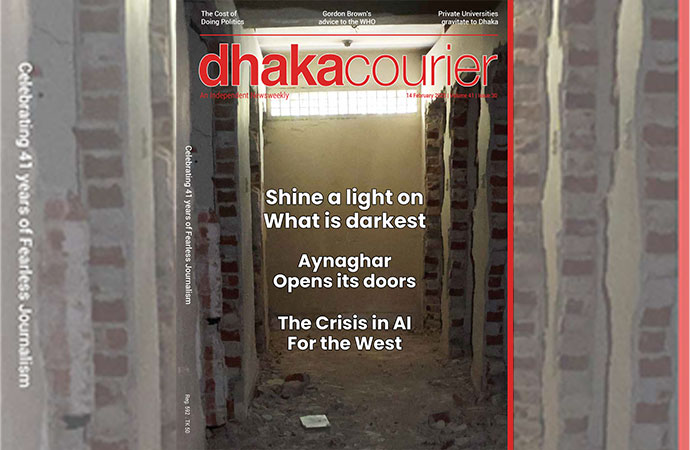
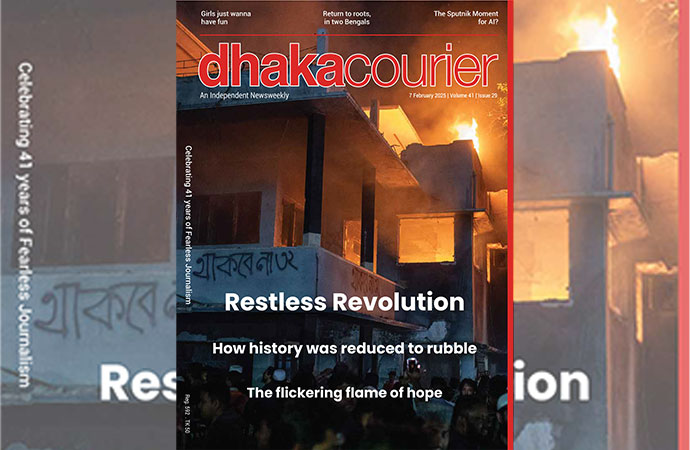
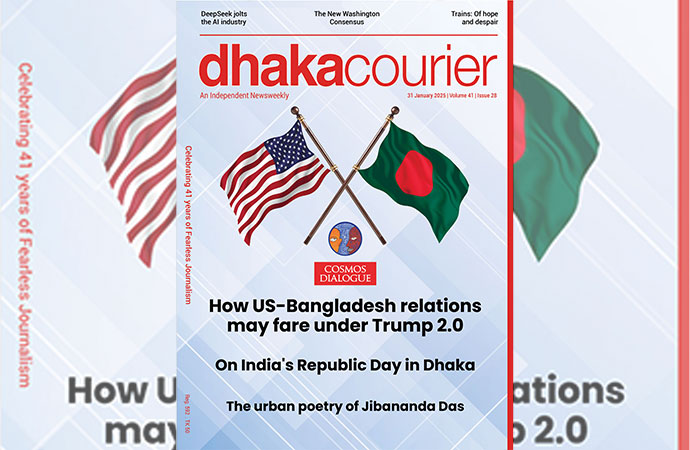

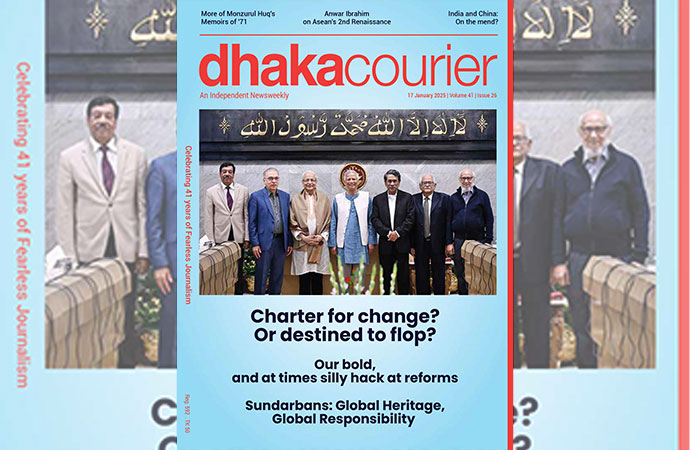
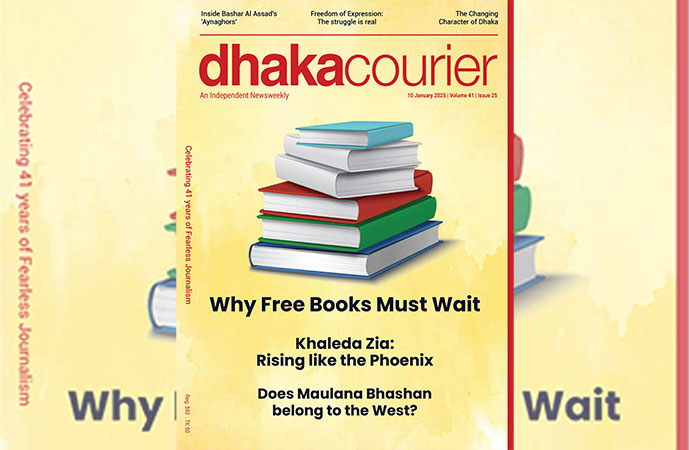
Leave a Comment
Recent Posts
Reflections on Press Freedom
Having been ensconced in the country’s media landscape in a vari ...
Rejuvenating EU ties in an era ...
Ernst B. Haas coined the theory of neo-functionalism to describe the E ...
Farmers Are Not Only Food Producers, They Are Also V ..
10-day 'Amar Ekushey Natyotsab 2025' kicks off at Su ..
How the tables were turned on Ukraine
The New Face of Protest